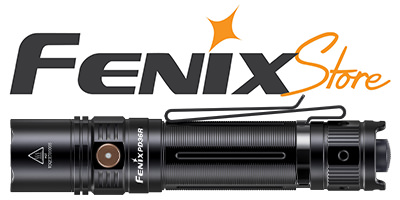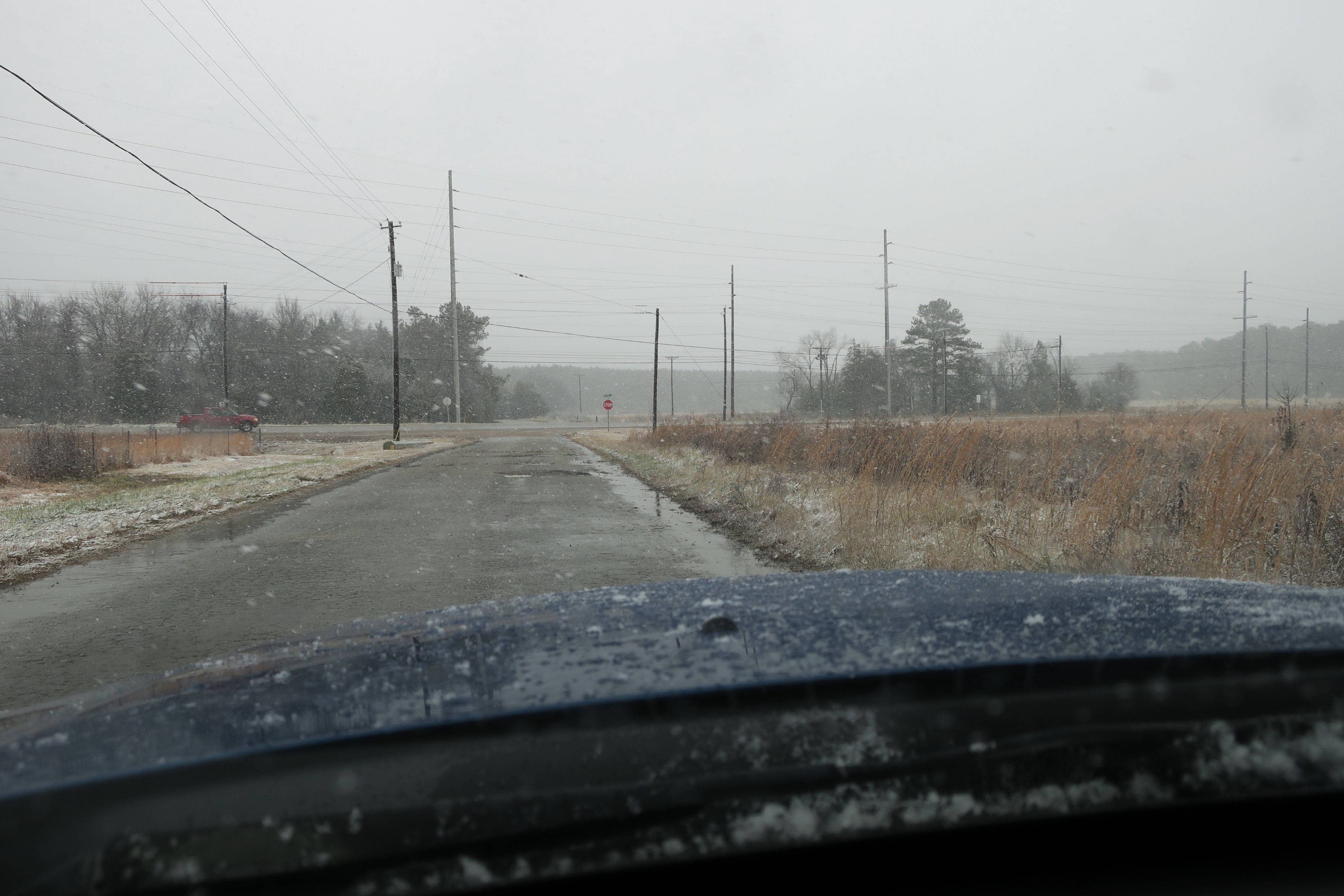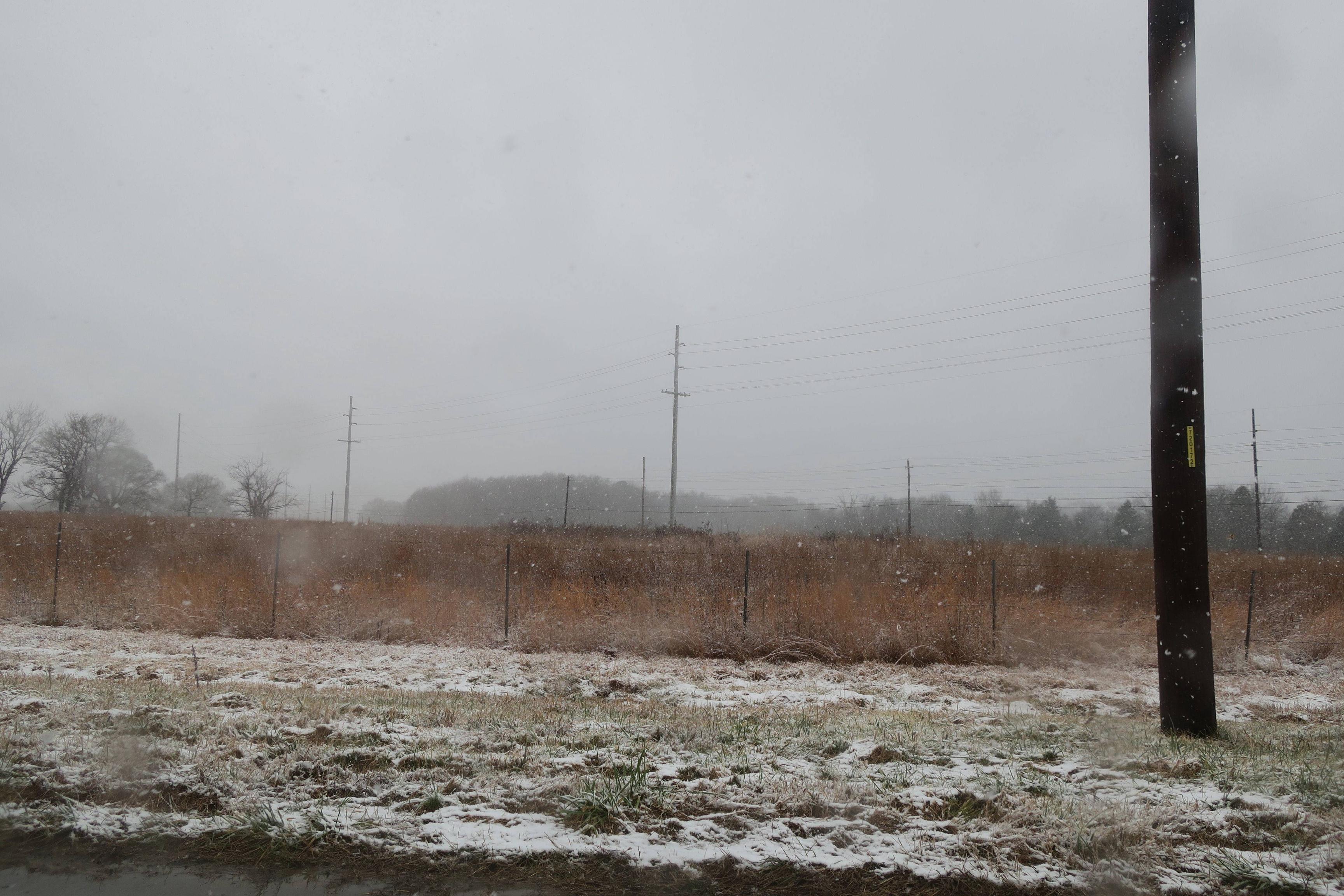Stress_Test
Flashlight Enthusiast
- Joined
- Feb 18, 2008
- Messages
- 1,334
As a birthday present to myself, I recently ordered a Canon G9X Powershot camera. It just arrived, so happy birthday to me! 
I purchased this because I was looking for something with better low-light capability than the other compact cameras I had been using. I've had a Canon SX160 for a little while now, but it still has the small (2/3 I think) sensor, a max ISO of 1600, and the quality is pretty bad at high ISO. I tend to do end up doing a lot of shooting in dim light so I wanted to upgrade (also the SX160 has been having an issue or two so I don't know how much longer it'll hold on).
The G9X has a 1" CMOS sensor that will go up to 12,800 ISO and also has a max aperture of f2.0 so it should be able to handle most situations I find myself in. There are several reviews out there that will cover much more technical detail if you're interested so I think I'll just list a few impressions (btw I'm strictly an amateur who has recently taken an interest in the past couple of years; my "big gun" camera is a Canon T5 DSLR that I use when I go somewhere planning ahead of time to take photos, and a pocket camera is usually the EDC).
So, first a couple of pictures to show size. Most reviewers will show the camera in their hand, but that usually doesn't help much since hands come in a vast array of sizes. So here's the G9X with some familiar objects!
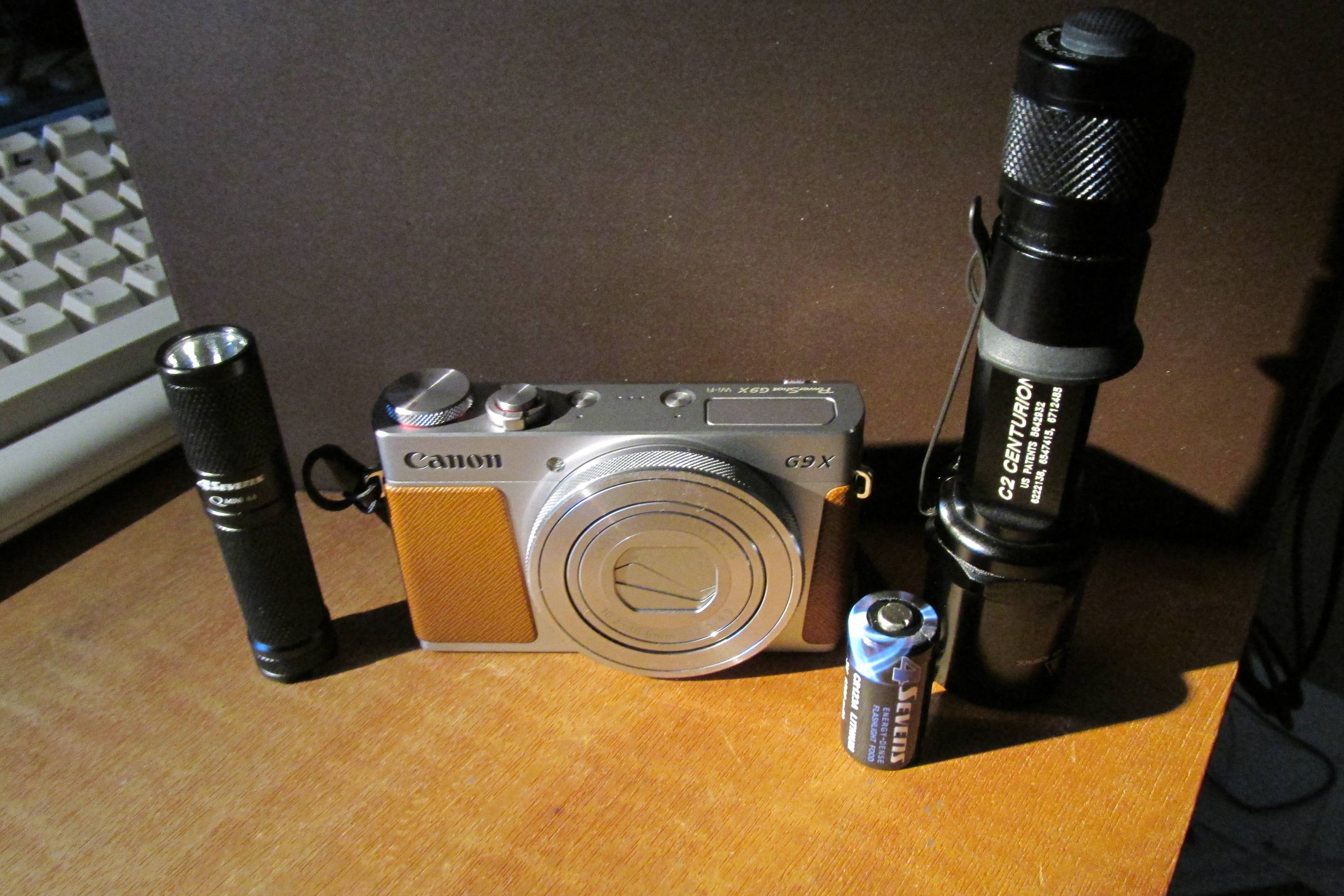
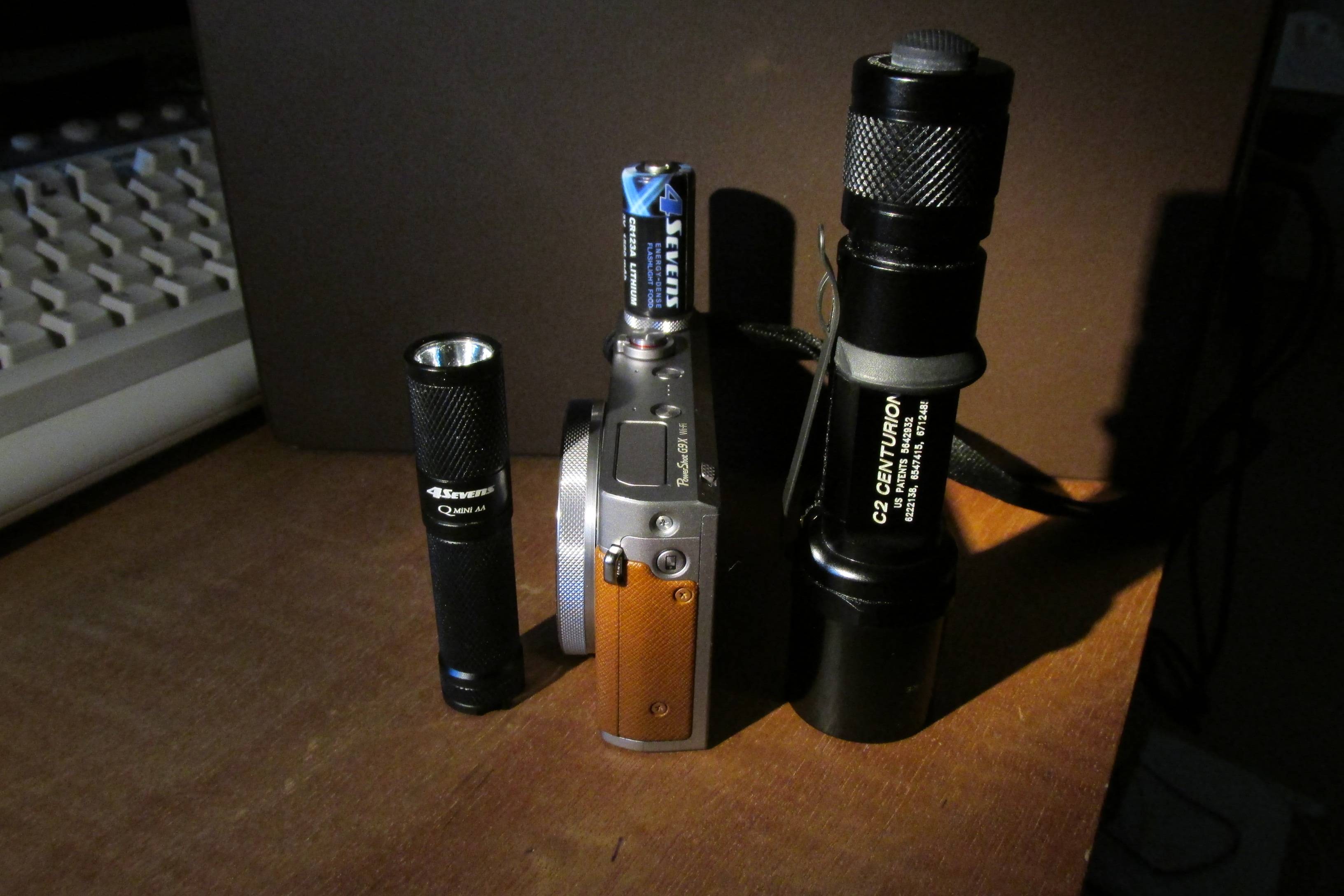
It's a bit thicker than most entry-level pocket cams, partly due to the lens, but still pocketable.
The main difference is that this one is primarily touch-screen driven. I'm not that big a fan of touch screens, but I figured it'd be a necessary evil in this case to get minimum size and still have all the flexibility and features of a full size camera. It works well enough, though I still have had some frustration when I'm tapping on it and it doesn't register, or does something other than what I intend. The good news is, the dial around the lens and the set button can be used together to reduce the dependency on touch screen somewhat. The buttons are smaller and more recessed that I realized looking at the product images, but so far no issues, it just takes a fairly deliberate push (which is usually a good thing). There's not a whole lot to grip due to the size, so I have to remind myself to keep my fingers off the screen to avoid activating things. The screen can be set to lock after a time period.
The control ring around the lens has a positive feel and has click detents. The knurling allows good grip but it's a little too stiff to operate easily with just a finger tip when holding the camera; works best to grip top and bottom and rotate. The shutter button has a very light spring to it so it may take a more delicate touch than what you're used to. On the plus side, that makes it easier to gently squeeze off a shot without moving the camera if you're using a low shutter speed.
On the battery and SD card slots: The door has an easy to use slide lock. The card slot is a bit easier to use than some of my other cameras because the card doesn't sit so far down in the slot when locked in place. The battery is held in by a tiny little plastic finger which is somewhat tricky to move since it's so small. The good news is that the battery can be charged in the camera via the USB cable. Strangely, Canon doesn't include this cable in the box. My other two Canon cams had a USB cable included so not sure what that's about. And even stranger, it's a different USB port than the other cameras. Luckily I had a cable from a Kindle reader, which fits. A wall-plug battery charger is included if you don't want to charge via USB. It was about 2 hours to charge the battery starting from about 3.5v. (the battery terminals are exposed so you can check it with a multimeter, which is a BIG plus in my book. I like to know what the actual voltage is instead of only having the screen battery meter).
I haven't put it through any real use so far other than test shots around the home, but so far I'm pretty pleased. The ISO performance looks about on par with my T5 DSLR so I think I'll be set for those low-light situations when I don't have the T5.
That's all for now; maybe I'll have the chance to get some shots during the work day tomorrow
I purchased this because I was looking for something with better low-light capability than the other compact cameras I had been using. I've had a Canon SX160 for a little while now, but it still has the small (2/3 I think) sensor, a max ISO of 1600, and the quality is pretty bad at high ISO. I tend to do end up doing a lot of shooting in dim light so I wanted to upgrade (also the SX160 has been having an issue or two so I don't know how much longer it'll hold on).
The G9X has a 1" CMOS sensor that will go up to 12,800 ISO and also has a max aperture of f2.0 so it should be able to handle most situations I find myself in. There are several reviews out there that will cover much more technical detail if you're interested so I think I'll just list a few impressions (btw I'm strictly an amateur who has recently taken an interest in the past couple of years; my "big gun" camera is a Canon T5 DSLR that I use when I go somewhere planning ahead of time to take photos, and a pocket camera is usually the EDC).
So, first a couple of pictures to show size. Most reviewers will show the camera in their hand, but that usually doesn't help much since hands come in a vast array of sizes. So here's the G9X with some familiar objects!


It's a bit thicker than most entry-level pocket cams, partly due to the lens, but still pocketable.
The main difference is that this one is primarily touch-screen driven. I'm not that big a fan of touch screens, but I figured it'd be a necessary evil in this case to get minimum size and still have all the flexibility and features of a full size camera. It works well enough, though I still have had some frustration when I'm tapping on it and it doesn't register, or does something other than what I intend. The good news is, the dial around the lens and the set button can be used together to reduce the dependency on touch screen somewhat. The buttons are smaller and more recessed that I realized looking at the product images, but so far no issues, it just takes a fairly deliberate push (which is usually a good thing). There's not a whole lot to grip due to the size, so I have to remind myself to keep my fingers off the screen to avoid activating things. The screen can be set to lock after a time period.
The control ring around the lens has a positive feel and has click detents. The knurling allows good grip but it's a little too stiff to operate easily with just a finger tip when holding the camera; works best to grip top and bottom and rotate. The shutter button has a very light spring to it so it may take a more delicate touch than what you're used to. On the plus side, that makes it easier to gently squeeze off a shot without moving the camera if you're using a low shutter speed.
On the battery and SD card slots: The door has an easy to use slide lock. The card slot is a bit easier to use than some of my other cameras because the card doesn't sit so far down in the slot when locked in place. The battery is held in by a tiny little plastic finger which is somewhat tricky to move since it's so small. The good news is that the battery can be charged in the camera via the USB cable. Strangely, Canon doesn't include this cable in the box. My other two Canon cams had a USB cable included so not sure what that's about. And even stranger, it's a different USB port than the other cameras. Luckily I had a cable from a Kindle reader, which fits. A wall-plug battery charger is included if you don't want to charge via USB. It was about 2 hours to charge the battery starting from about 3.5v. (the battery terminals are exposed so you can check it with a multimeter, which is a BIG plus in my book. I like to know what the actual voltage is instead of only having the screen battery meter).
I haven't put it through any real use so far other than test shots around the home, but so far I'm pretty pleased. The ISO performance looks about on par with my T5 DSLR so I think I'll be set for those low-light situations when I don't have the T5.
That's all for now; maybe I'll have the chance to get some shots during the work day tomorrow

